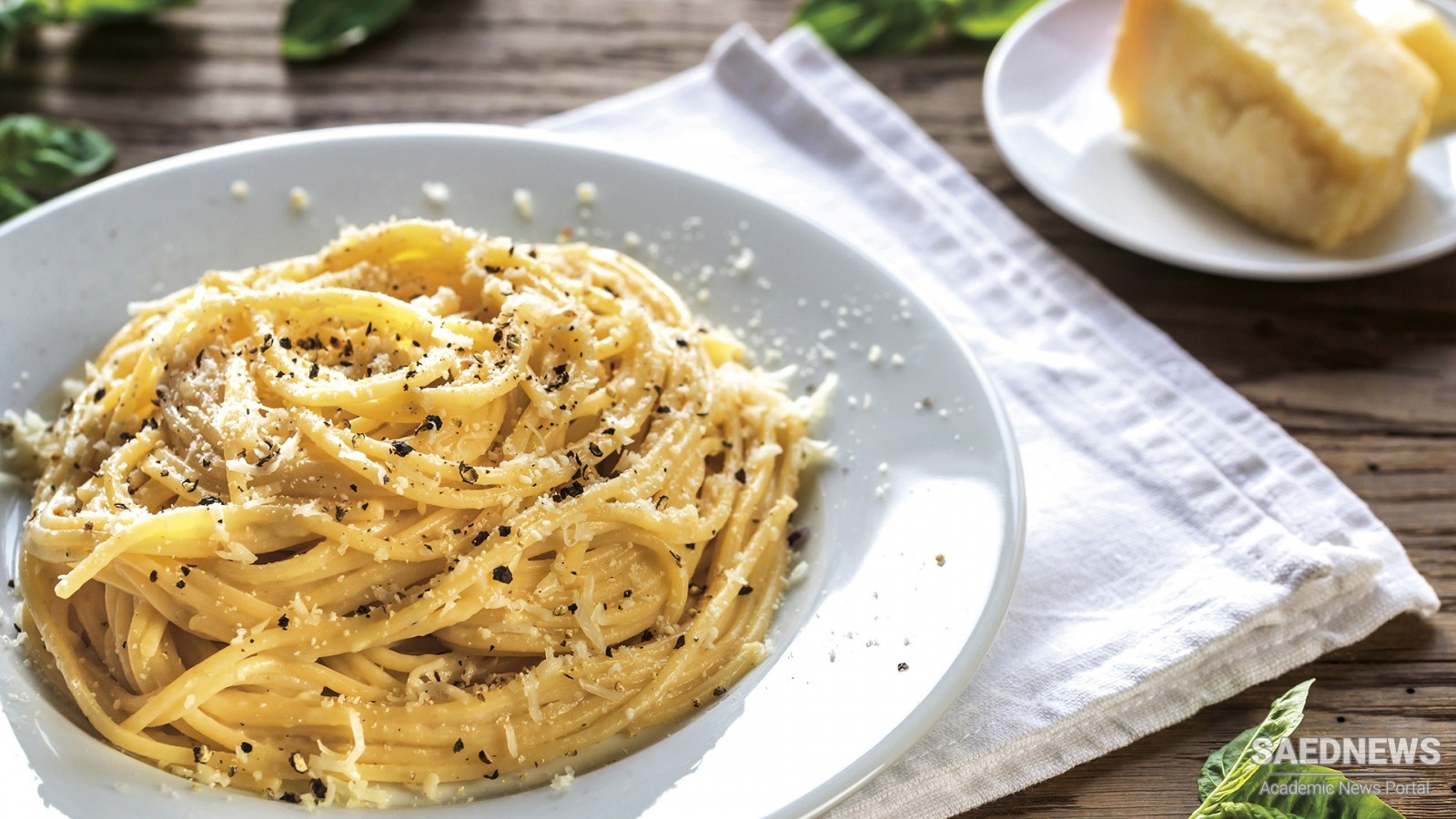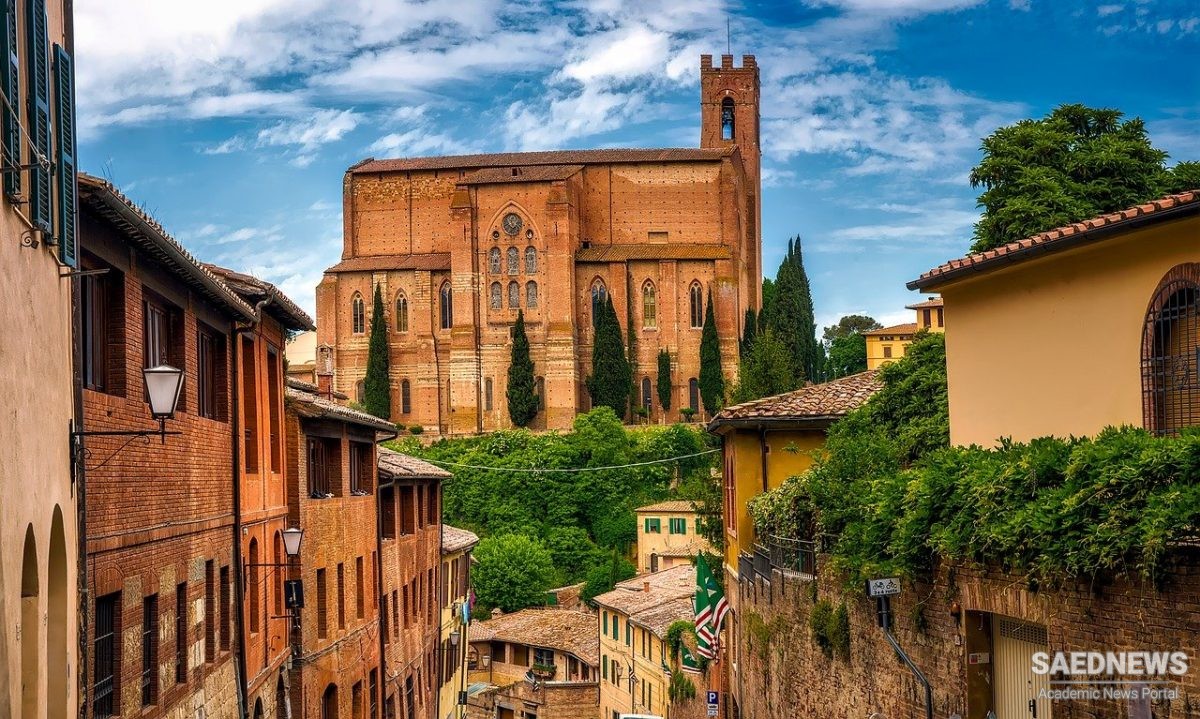You might expect food in the Italian region that Rome calls its home to be good – outstanding, even. And it is. You might expect dishes to showcase the ‘visible history’ George Eliot described. And they do. But for some, the best thing about the food of Lazio is its unprepossessing quality; this is food with humility. Despite a reputation for high culture and cosmopolitanism, the Roman cuisine of Lazio still feels like a hidden gem. Beautiful everyday food abounds across Lazio. Jacob Kenedy, chef patron of Bocca di Lupo in London, says that this is something of which the Romans are well aware. ‘Not many people have tried to make Lazio’s cuisine fancy, as it often is elsewhere in Italy. The food isn’t homogenised, it’s kept its roots, and the Romans are extremely proud of this.’ The flavours are gutsy – clean, concise and bold – and there’s an earthiness to the cooking here that belies Rome’s status as a capital city.
Nevertheless, there’s versatility to the food in Lazio, owing to its geographical position. You’ll find all the usual Italian fare (pizza and pasta – both with regional character, as you’d expect); great bread to rival that of the south (I had the best sandwich of my life at the now legendary bakery Forno Campo de’Fiori, made from light local flatbread and filled with pecorino and rocket); vibrant garden vegetables like bitter greens; iconic cheeses, and heavy meats like those you might find further north in Piedmont. Every region’s food inevitably travels to Rome as people visit or migrate to the big city. ‘Lazio sits in an uncomfortable middle ground – resented by both the north and south in a country where there is a general north/south divide,’ says Kenedy. Yet far from plagiarising cuisine from elsewhere, or getting lost in the blur of its ‘inbetween-ness’, Roman food has a strong character and a proud history. It’s almost like the ‘old money’ of cuisines – the culinary equivalent, perhaps, of an aristocrat driving a battered Volvo in torn slacks.
Ancient Roman influences remain strong and can be found in the richness of flavours as well as use of ingredients like garum, the fermented fish sauce made from red or grey mullet, or mackerel. This was the imperial Roman seasoning that added salt and umami to everything – much like fish sauce in Asia – and remains in use today, a condiment as common as ketchup or Worcestershire sauce for us.
In most Roman dishes flavours are few but amplified to the max, and there’s a knack to balancing them. This can be seen in their approach to vegetables: produce such as the beautiful Romanesco broccoli – almost half broccoli/half cauliflower – is boiled until completely soft and then seasoned with the clean, strong flavours of lemon, garlic and chilli. Pasta cacio e pepe, a classic pasta dish of the region, also emphasises a delicate equilibrium of flavours. It is quite simply a combination of rigatoni (the classic Roman pasta shape – fat, serrated tubes suited to catching sauce en route from plate to mouth), pecorino Romano cheese and pepper. Its individual components may be cheap, pungent and farmyardy, but together they make for something simple yet sophisticated.



 Italian Cuisine: Matriarchy, Food and Taste Adventurism
Italian Cuisine: Matriarchy, Food and Taste Adventurism














































